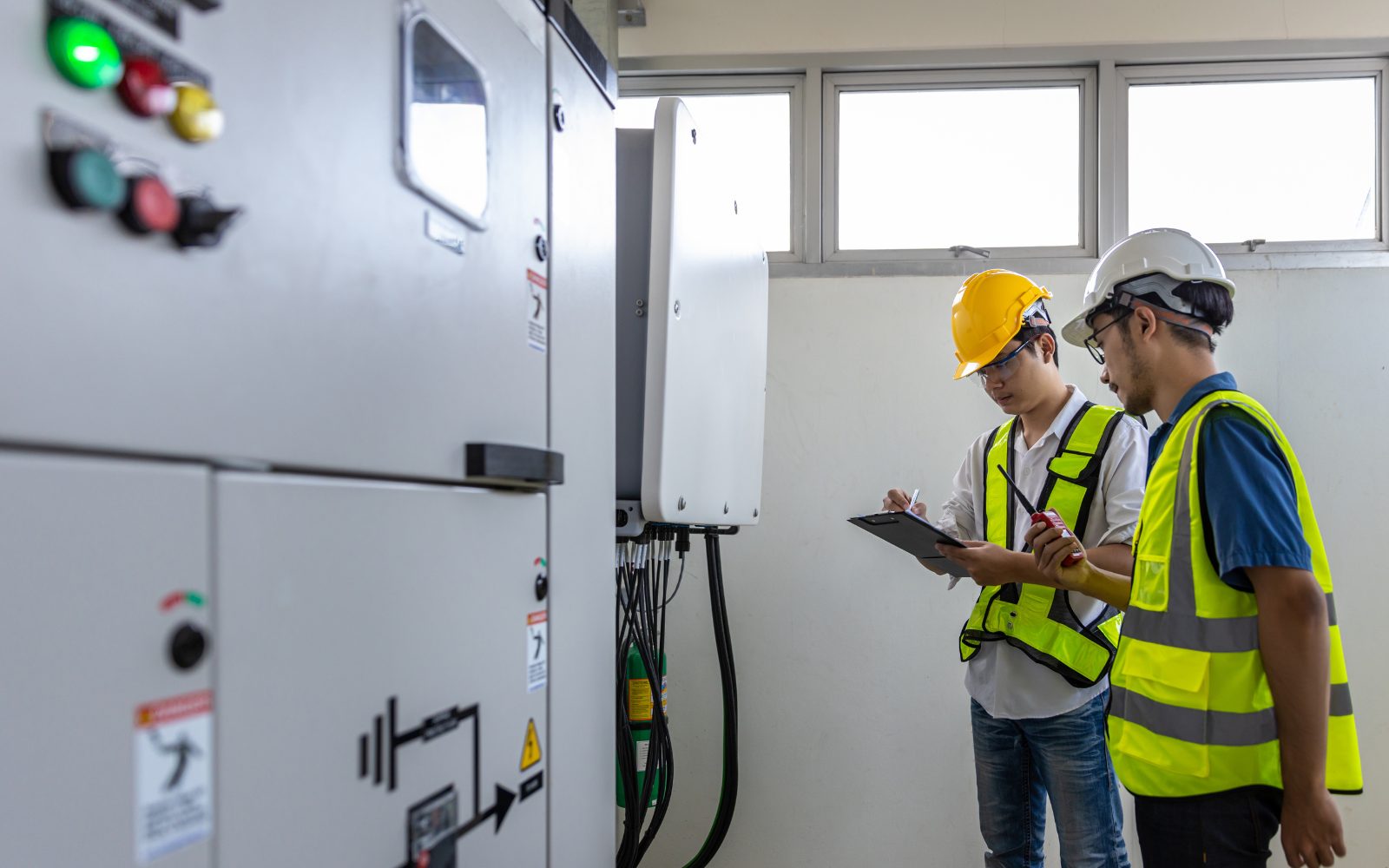- Engineering controls are essential strategies employers use to prevent gas hazards in industries.
- The controls are designed to isolate people from areas of exposure to gas using barriers, machines, equipment, or area layout.
- Engineering controls must meet some basic requirements to be effective.
Employers are required by law to provide a safe and healthy workplace for their employees and prevent potential disasters. Hazardous gases are a risk in several industries and must be controlled. Engineering controls are critical risk mitigation strategies used in new facilities and retrofitted in older establishments. Find out what standard engineering controls are used to protect workers from hazardous gases.
Hazard Control
Several types of hazards exist in any industry, such as chemicals (liquid, solid, and gases), electricity, temperatures, sharp edges, falling objects, working surfaces, noise, etc. Hazardous gases are dangerous as they can be flammable, toxic, corrosive, reactive, or inert. Though each gas can have individual effects, some common control mechanisms can be used.
The hierarchy of controls ensures safe and healthy workplaces by preventing or minimizing exposures to hazardous gases to protect workers. Engineering controls are the third strategy employers can use after eliminating and substituting substances and procedures that can harm workers.
However, it is not possible to eliminate or substitute all use of hazardous gases in industries. In these cases, engineering controls are used.
Engineering Controls
Engineering controls separate workers from the source of hazards to prevent or minimize adverse effects as much as possible.
To be effective, engineering controls must meet the following conditions:
- Be well-designed
- Not interfere with worker productivity
- Make tasks easier
- Not affect worker comfort
- Are independent of worker decisions and interactions
Engineering controls can be planned and integrated into the installation of new facilities. However, owners can upgrade older facilities by retrofitting controls. These engineering controls should not be shut down or bypassed by workers.
Engineering controls’ initial cost can be high, but in many cases, it can reduce operating costs or save costs due to loss of employee absence and downtime due to accidents. Employers should consult with contractors and workers while choosing and installing engineering controls.
Standard Engineering Controls
The controls can be barriers or remove workers from hazardous areas. The controls can be part of the facility design, a process, equipment, a machine, or specific layouts. Some common engineering controls used in industries are listed below:
- Change work processes to reduce workers’ contact with hazardous chemicals.
- Use a self-contained lube station to reduce manual handling of chemicals.
- Areas with a high risk of gas exposure are sealed, and opened only for maintenance and cleaning.
- Automate tasks using industrial robots to eliminate workers’ contact with chemicals, such as spray painting.
- Use machines for handling sacks and containers of chemcials.
- Segregate chemicals that can react with one another.
- Store reactive chemicals in sealed containers in an upright position.
- Use local exhaust ventilation systems to remove hazardous gas and dust.
- General dilution ventilation is used for the entire facility, keeping in mind some aspects:
- Use lights to show exhaust fans are functioning.
- Use stacks to ensure that air released from ventilation outlets cannot recirculate into the facility.
- Discharge air from outlets away from doors, walkways, windows, and inlets to prevent reentry of chemicals.
- Use screens on outlets to avoid the entry of foreign objects.
- Use devices like pressure gauges or manometer on ventilation collection hoods to ensure the machine works.
- Wet methods for grinding and drilling can reduce the production of chemical-laden dust.
- Use water sprays on face inflow to reduce the concentration of toxic and explosive gases like methane in mines.
- Barriers like walls and doors can isolate chemical mixing areas from the rest of the facility.
- Use closed transfer methods.
- Maintain rooms where chemicals are stored, mixed, or handled at negative pressure to avoid dispersion into surrounding workspaces.
- Change the work layout and ensure areas involving chemicals are placed away from doors and windows to prevent drafts from spreading contaminants within the facility and outside.
- Scrubbers can remove dust, for example, in mining areas or packaging rooms, to reduce particulate matter and associated gas exposure.
- Use fixed gas detection systems to monitor that gas concentrations remain below permitted levels at all times and can provide timely alerts and alarms when these levels are breached.
- Chemical storage must be well-planned and rely on indoor safety cabinets and/or outdoor storage containers.
- Inspect machinery, equipment, and storage areas for corrosion or airflow obstructions.
- Monitor personnel’s exposure to judge the efficiency of any engineering control measure.
- Use handling equipment to reduce risks from leaks and spills.
- Chemical bundling can be incorporated as a barrier to protect people, the facility, and the environment from the dangers of spreading flammable liquids. Solutions include floor bunding, portable bunding, and bunded shelving.
- Suitable and functional decanting equipment such as spill funnel lips or other assistors can reduce hazards through spillage. The equipment must be appropriate for the materials being decanted.
- Expand the capacity of the baghouse used to filter dust and pollutants by 20%.
- There are some don’ts which must also be kept in mind. Some are as follows:
- Don’t seal outdoor air intakes.
- Don’t modify HVAC systems without risk assessment.
- Engineering controls must not interfere with fire prevention, protection, or other life safety systems.
Industry Specific Controls
Besides these general engineering controls, in the USA, the National Institute for Occupational Safety and Health (NIOSH) has listed industry-specific measures considering the activities, risks, and gases involved. For more information, consult this resource.
Other control strategies, such as administrative controls and personal protective equipment, will still be necessary and must accompany the practice of engineering controls.
Reliable Fixed Gas Monitors
Monitoring the atmosphere in the industrial facility for all possible gases used or produced in the process is vital. A fixed continuous gas analyzer that works 24/7 is necessary. Interscan offers the AccuSafe Gas Detection System, with a single controller that can support ten modules via Modbus TCP/P. The modules can contain different sensors for over 20 hazardous gases. The system requires no daily worker interaction beyond installation and regular maintenance. It can also be connected to modern management software. The company is trusted for its reliability and precision to keep industrial workplaces safe and healthy.
Contact us to find out more about Interscan fixed gas analyzers.
Sources
Dunn, K. H., McKernan, L.T., and Garcia, A. Best Practices- Engineering Controls, Work Practices, and Exposure Monitoring for Occupational Exposures to Diacetyl and 2,3-Pentanedione. Retrieved from https://www.cdc.gov/niosh/docs/2015-197/pdfs/2015-197.pdf?id=10.26616/NIOSHPUB2015197
Lehman College. (n.d.). Hazard Control: Engineering Controls. Retrieved from https://www.lehman.edu/administration/environmental-health-safety/hazard-contol-engineering-controls.php
NIOSH. (2018, Nov 16). Engineering Controls Database. Retrieved from Engineering Controls Database
OSHA. (n.d.). Chemical Hazards and Toxic Substances. Retrieved from https://www.osha.gov/chemical-hazards/controlling-exposure


